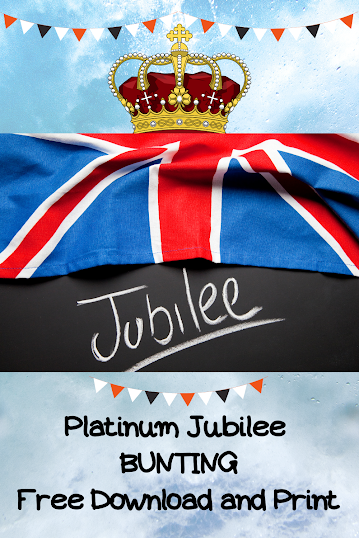Some years ago I purchased the Sunbonnet Sue pattern and I have now decided it was time to create a new Felt Wall-Hanging - Sunbonnet Sue, Bunny and Flowers - which you can all make at home or with your groups!
About Sunbonnet Sue - Bertha Corbett Melcher is credited as a creator of the Sunbonnet designs. She illustrated children's Primer books in the early 1900s. Her book, “The Sunbonnet Babies” was published in 1900. In this book she depicted girls with their faces hidden by their bonnets.
I have given you a tutorial of my Sunbonnet Sue Wall-Hanging, but you can add or take away any of the embellishments - have fun and be creative...!
You will need...
One A4 sheet of felt for background
Scraps of felt for Sunbonnet Sue, Bunny and Flowers
A string of daisy trimming - or whatever you have
Buttons for flowers and bonnet
Cotton wool tail and googly eye for bunny -
Fabric glue or double sided tape to attach tail and eye
Embroidery thread for stitching
Ribbon and a wooden dowel to hang
How to make it...
Print the pattern / template of Sunbonnet Sue and Bunny and Flowers
Sunbonnet Sue Template
Bunny and Flowers Template
Cut out your Sunbonnet Sue, Bunny and Flowers from your felt
Taking your A4 background felt, turn over a hem of about 2cm along the long edge and stitch down
Turn your A4 felt over and attach Sunbonnet Sue one layer at a time, using a small running stitch, finishing with the bonnet
Attach the bunny, again using a small running stitch
Attach a cotton wool tail to the bunny and an eye, using fabric glue or double sided tape
Stitch the daisy trim along the top as in the photo
I attached a button on the bonnet as well as a few single daisies from the daisy trim scattered around.
Slip your wooden dowel into the top channel, tie on your ribbon and you will have a Sunbonnet Sue Wall-Hanging to make everyone smile...!



















.jpg)
.jpg)
.jpg)
.jpg)









